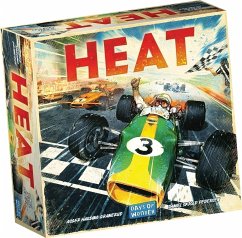Leider konnten wir zu deinem Suchbegriff
""Stephen P Kramer""
keine passenden Ergebnisse finden.
""Stephen P Kramer""
keine passenden Ergebnisse finden.
Suchtipps
Hier noch ein paar Tipps, die dir bei der Suche nach deinem Wunschprodukt helfen könnten:
- Du kannst in unserer Suche nach Produktnamen, Produktkategorien, nach Artikelnummern, nach Autoren und ISBN-Nummern suchen.
- Überprüfe, ob sich in deine Suche ein Tippfehler eingeschlichen hat.
- Kurze Suchbegriffe erhöhen die Trefferwahrscheinlichkeit (z.B. statt "Buchtitel und Autor" nur nach "Buchtitel" suchen).
- Verwende möglichst allgemeine Begriffe (z.B. "Häkeln" statt "Filethäkeln").
















































